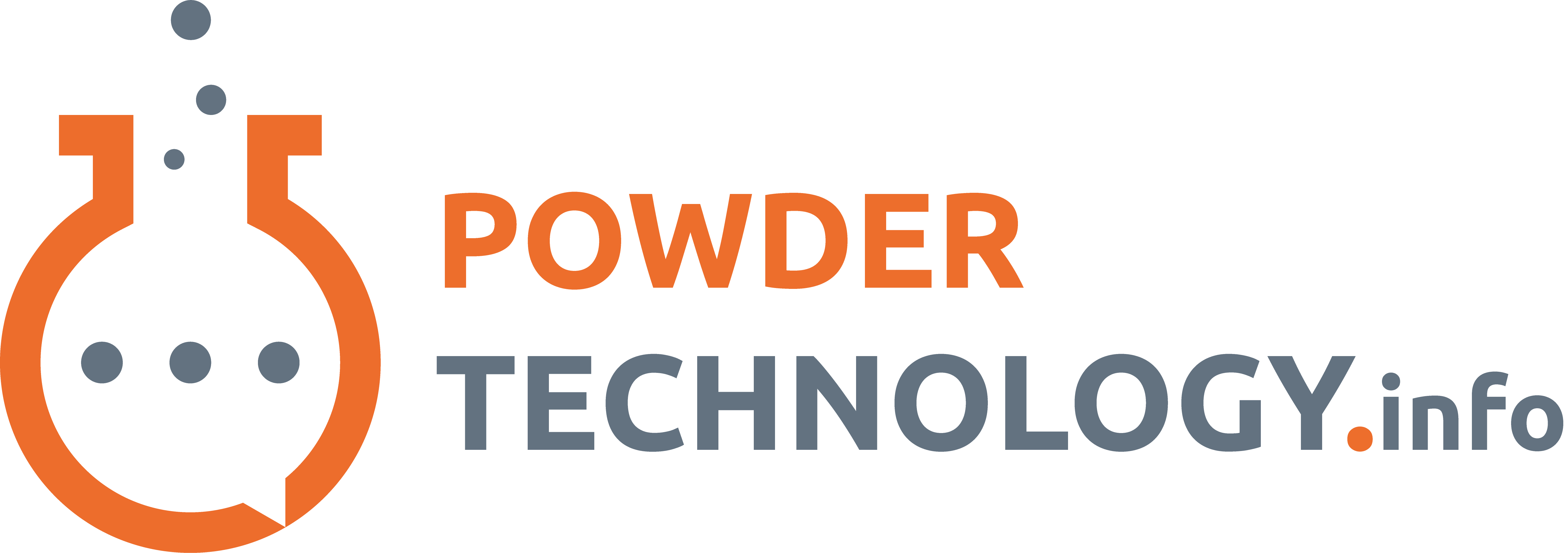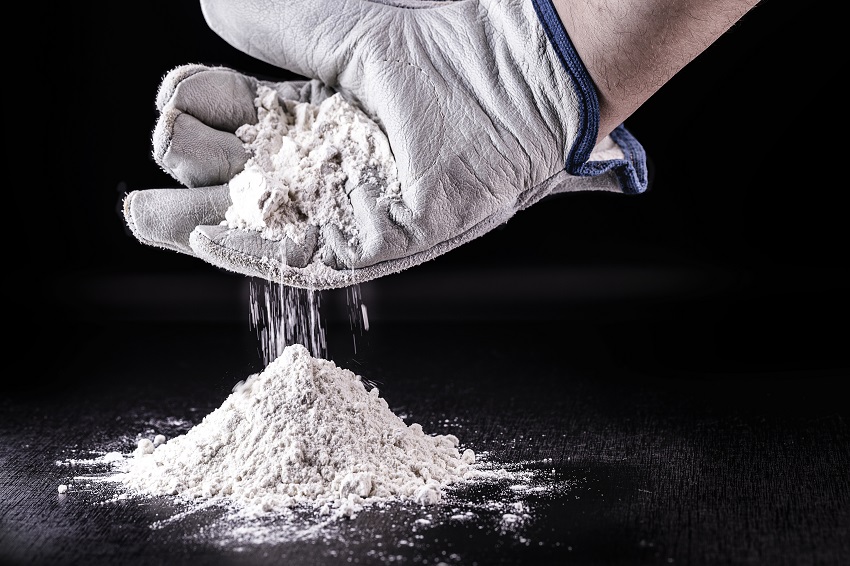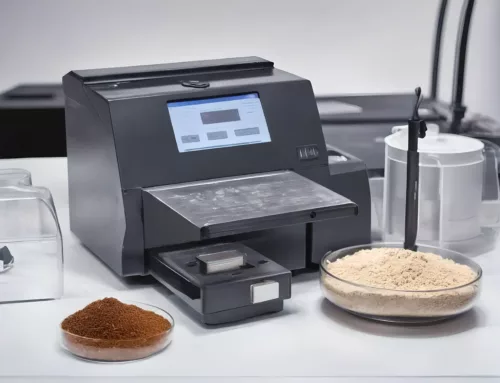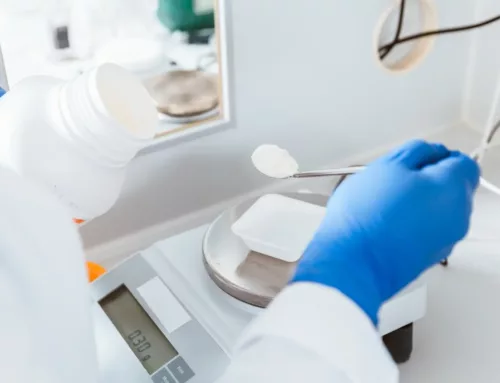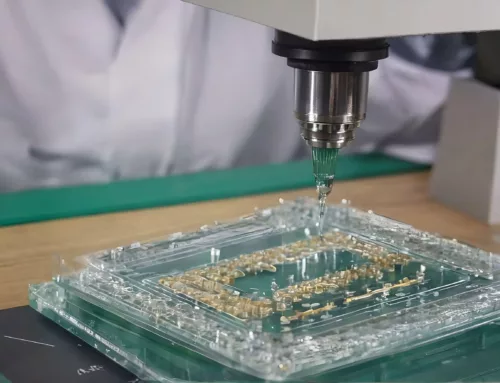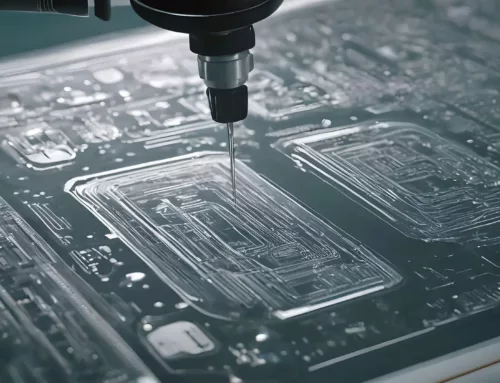Titanium Dioxide Regulations
In March of 2020, we informed you that the European Commission classified titanium dioxide (TiO2) as a substance that is carcinogenic by inhalation. In February 2020 the official regulation in regards to TiO2 was published. This powdered TiO2 was labeled as a class 2 carcinogen. These new regulations demand a large change of industry, especially within the powder coating industry.
What is Titanium Dioxide?
Titanium dioxide (TiO2 ) is a naturally occurring mineral used as a bright white pigment for paint, in the food industry as a coloring, in sunscreens and cosmetics, and in other industrial uses. After processing, it exists as a white solid. It generally exists in three phases: anatase, brookite, and rutile. The rutile phase is primarily used in pigments, paints, and inks as well as cosmetics.
The Powder coating process is used in industry for various reasons, is a type of coating that is applied as a free-flowing powder, which differs from conventional fluid paints and is delivered via an evaporating solvent. Powder coating is typically applied electro-statically and then treated with a certain temperature or ultraviolet light process for it to settle. The benefits of powder coating are varied but can be labeled as elemental proof. Powder coating can withstand extremely high as well as low temperatures, they stop the corrosion process and are thus ideal for outdoor equipment, road signs, cars and motorcycles, and so on. But the application is also used for indoor products because of the hardness of the powder coating, the material does not chip or crack as a liquid-based paint would. Allowing products to keep their aesthetics and cosmetic appeal.
The application of TiO2 as a white pigment in paint, coatings, and cosmetics is directly influenced by the new regulations and offers challenges for the industry at large, as there are no technical substitutes for TiO2 in the production of light and white powder coatings at this time. TiO2 has no alternative without sacrificing quality or ecological compatibility. Only 5% of the 2.328 color shades of the RAL system are produced without titanium dioxide, which equates to approximately 119 pigments. Therefore, TiO2 must continue to be used for certain color formulations in powder coating fabrication.
Titanium Dioxide Regulations: A Transition period and the warning labels thereafter
As of October 1st of this year, all powder mixtures containing at least 1% titanium dioxide, TiO2 particles with a particle size of fewer than ten micrometers (10 µm) are to be marked with a mandatory warning label. This warning is to indicate to the users the risk of respiratory effects of dust particles or droplets, as found in the regulatory EUH211 and the EUH212. With the now published regulation, it will be legally binding to make labeling amendments to every mixture that contains more than 1% TiO2. Industry associations are already advising their members to start relabeling at the earliest opportunity.
The paint and pigments industry is experiencing a big inconvenience because of these new regulations. The materials used to be labeled are solvent-free and eco-efficient. With these new regulations as of October 1st, the industry might lose the environmental label creating a significant drawback.
The effect will however be more severe for powder coatings producers as some products will be labeled as classified mixtures, having to carry a warning pictogram and a cautionary phrase along the lines of: “suspected of causing cancer by inhalation”.
Additionally, powder paint residues with a TiO2 additive of fine dust contents are to be treated as hazardous waste material, which will increase the disposal costs.
CEPE is unable to prevent Titanium Dioxide Regulations
The European Council of manufacturers of paint, printing ink, and artist colours (CEPE) protested and lobbied strongly against the classification from the beginning and managed to tone down the classification, and while they were able to bring a form of leniency, they were unable to prevent the legislation completely.CEPE already voiced its disappointment about the outcome and warned that this regulation sets a dangerous precedent for other powdered materials. The decisions made are based not on the chemistry of titanium dioxide, but rather on the presence of airborne dust particles as tested on the lungs of rats in excessive quantities, causing chronic inflammation of the lung cells.
Measurement methods
The paint, powder coatings, and cosmetics sectors, as a result of the stringent regulatory legislation, need to assess their materials in terms of material size and TiO2 content which can be equated to airborne dust or spray. Delft Solids Solutions offers the following measurement techniques to assess particle size in terms of aero- dynamic diameter and to assess the level of crystalline TiO2 in the powder mixture.
Airborne dust and X-Ray Diffraction
Delft Solids Solutions offers the XRD method for the determination of the Titanium Dioxide levels of the pigment materials.
X-ray powder diffraction is constituted as a highly selective analytical technique predominantly applied for phase identification of a crystalline material and can provide information on unit cell dimensions.
We need to first start by assessing the aerodynamic diameter ranges of the pigment powder, as the aerodynamic diameter most likely differs in dimensions and has various shapes. Presently, it is hard to measure the aerodynamic diameter directly. Moreover, the main question is how are the potential airborne particles released from the material? A direct assessment of the particle size and particle size distribution does not provide reliable quantitative information on the extent of particles becoming airborne. We, therefore, follow the EN 15051 guidelines approach, providing quantitative information on the inhalable, thoracic, and respirable fractions. The respirable fraction can be utilized to comply with the requirement of quantifying the presence of respirable particles smaller than the specified 10 µm.
The collected dust fraction then requires further assessment with the XRD method to determine the TiO2 content in the dust to ascertain whether its mass percentage exceeds the aforementioned 1% of the TiO2 material quantity, following the legislated guidelines.With this information, the producer can work on its formulation, for example, to lower the TiO2 content and/or to make the product less dusty.
Delft Solids Solutions helps companies with their formulation challenges. Want to learn more? Please contact us.
